So far this year, North Korea has conducted 16 test launches of missiles, virtually each one personally approved by the country’s young dictator, Kim Jong-un. With every test, North Korea takes a step toward its ultimate goal: an intercontinental ballistic missile capable of hitting the United states with a thermonuclear warhead.
This week on 60 Minutes, correspondent David Martin and producer Mary Walsh report just how close the North Koreans are to that goal — and how they get their hands on the parts to do it.
Martin and Walsh interviewed Hugh Griffiths, head of the team that monitors the North Korean missile program and their compliance with sanctions for the U.N. Security Council. During the interview, Griffiths showed the 60 Minutes team a series of stunning photos of rocket debris, which revealed the the inner workings of a North Korean missile.
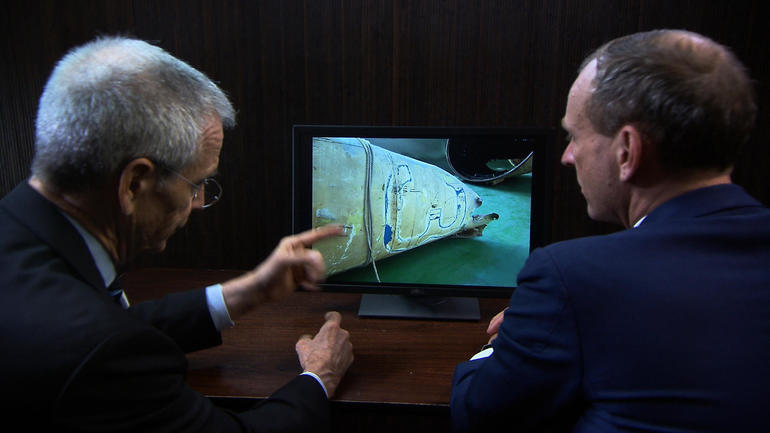
U.N. investigator Hugh Griffiths shows David Martin a photo of a North Korean rocket part recovered near South Korea
CBS News
“What makes this rocket fly was in those photos,” Walsh tells 60 Minutes Overtime in the video above. “And that’s what made them so valuable to the U.N. inspectors, but also to 60 Minutes.”
The recovery of North Korean rocket debris is highly unusual, says Griffiths. In February 2016, North Korea launched a satellite into orbit, and while the satellite wasn’t very serious, the rocket that launched it was. “I think most people around the world agree, the point of this test was not to put a satellite into orbit,” Martin says. “The point of this test was to try out technologies for an intercontinental ballistic missile.”
Before launch, North Korea filed a Notice to Airmen and Mariners, warning them that debris may fall from the sky in a designated area. The South Koreans, in turn, knew exactly where to go in an attempt to recover the debris for intelligence purposes.
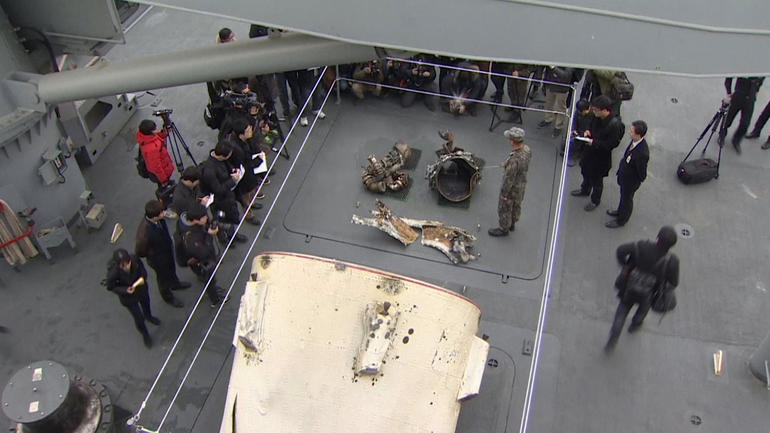
Debris from a 2016 North Korean rocket launch that South Koreans were able to recover.
To block the South Koreans from collecting their debris, the North Koreans rigged the rocket with explosives that were supposed to detonate after boosting the satellite into orbit, Griffiths says. The rocket was meant to self-destruct, rendering its parts unrecognizable. But that system failed, says Griffiths, leaving the South Koreans with a debris field to collect and analyze.
“This was a gold mine,” correspondent David Martin says. “You just get this in-depth, excruciatingly detailed understanding of how these missiles work.”
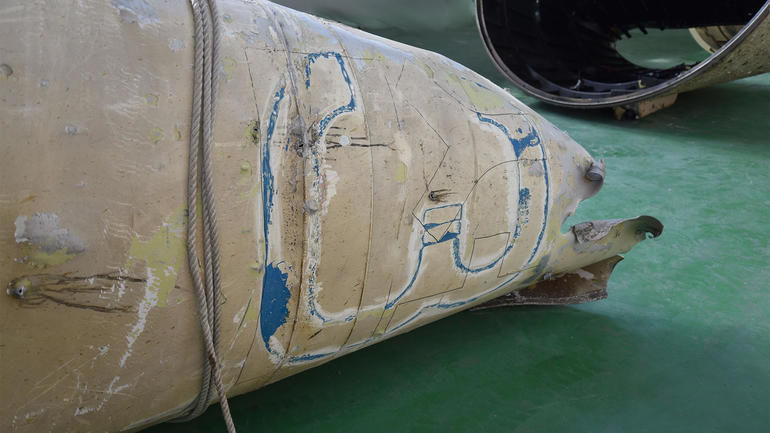
Debris from a 2016 North Korean rocket launch
Investigators could also trace where the parts came from. Some parts had a manufacturer’s logo and serial numbers on them, allowing investigators to trace the origin and supply chain. And one component, called a pressure transmitter, was sourced to a well-known company in the West.
“It was a major transatlantic defense contractor, one of the biggest players in the U.S., if not NATO, defense market,” Griffiths tells Martin.
The pressure transmitter had been manufactured in the United Kingdom, and the company, Martin says, is a household name in the U.S. 60 Minutes is not revealing the manufacturer’s name, per U.N. request, because that company is cooperating with Griffiths’ investigation.
Griffiths explains that after the pressure transmitter was manufactured in the U.K., the company shipped it legally to Taiwan. From there, the group that bought it, Royal Team Corporation, brought them to North Korea during a trade fair, where large numbers of foreign businessmen are invited to attend and to show off their civilian technology.
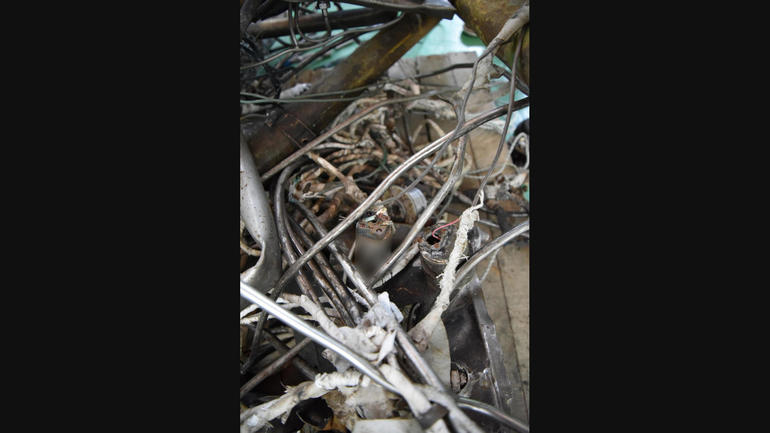
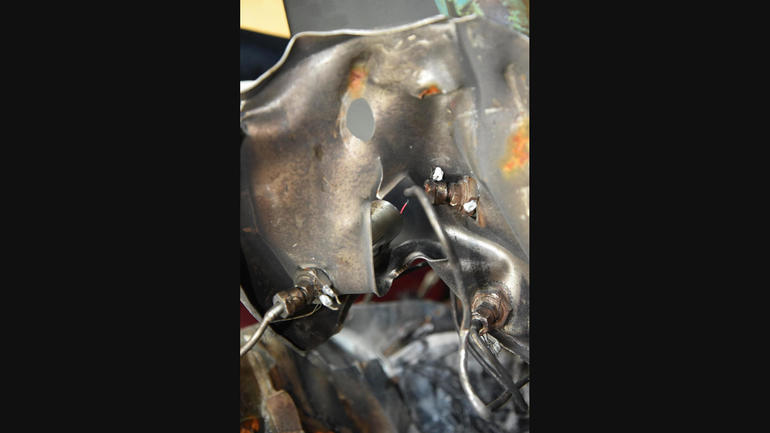
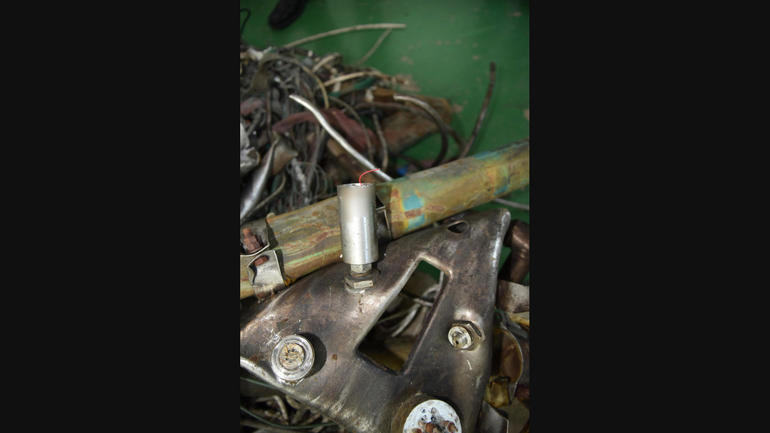
Images of the pressure transmitter—which had been manufactured and sold in the U.K.—recovered from a North Korean rocket launch
“These are pieces of technology that are manufactured in the West, and they are what’s called dual-use technology,” Martin says. “They have an innocent use, and they have a sinister use. And it’s very hard to police dual-use technology because, of course, the person that’s trying to get it always says they want it for the innocent use. And that’s the gap that North Korea makes these deals through.”
Major Western companies may not be aware their parts are being purchased for North Korea, Griffiths explains. Rather, North Korea relies on foreign businessmen in places like Hong Kong, Taiwan, Beijing, Singapore, and Malaysia to acquire the equipment for them without giving off any association with North Korea.

60 Minutes producer Mary Walsh and correspondent David Martin
CBS News
“I don’t think Hugh Griffiths thought that most of these sales were just done unwittingly,” Martin says. “I mean, we asked him what’s driving this and he said, plain and simple, greed. You can make money.” So, while foreign businessmen make money, North Korea bolsters its missile program.
“The overall impact for me was, it was just eye-opening to see what goes inside a North Korean missile, and how the ID numbers on those parts illuminates how there is this chain of supply through the world that’s going into that program,” producer Mary Walsh says. “It’s not that North Korea’s sitting there by itself trying to get these missiles up into the air. They have tapped into resources all over the world.”
The video above was produced by Will Croxton, Ann Silvio, and Lisa Orlando. It was edited by Will Croxton and Lisa Orlando.

